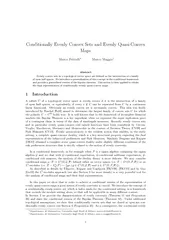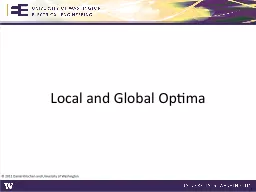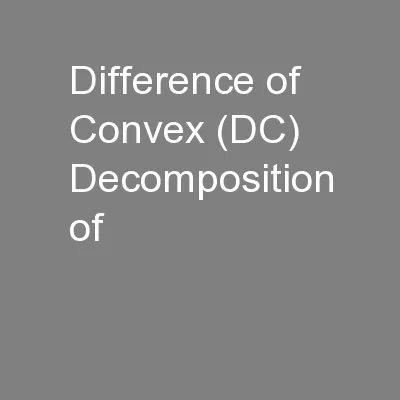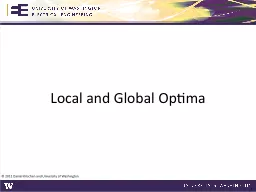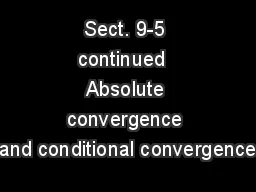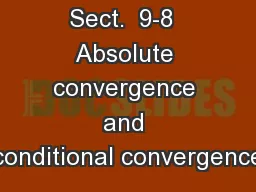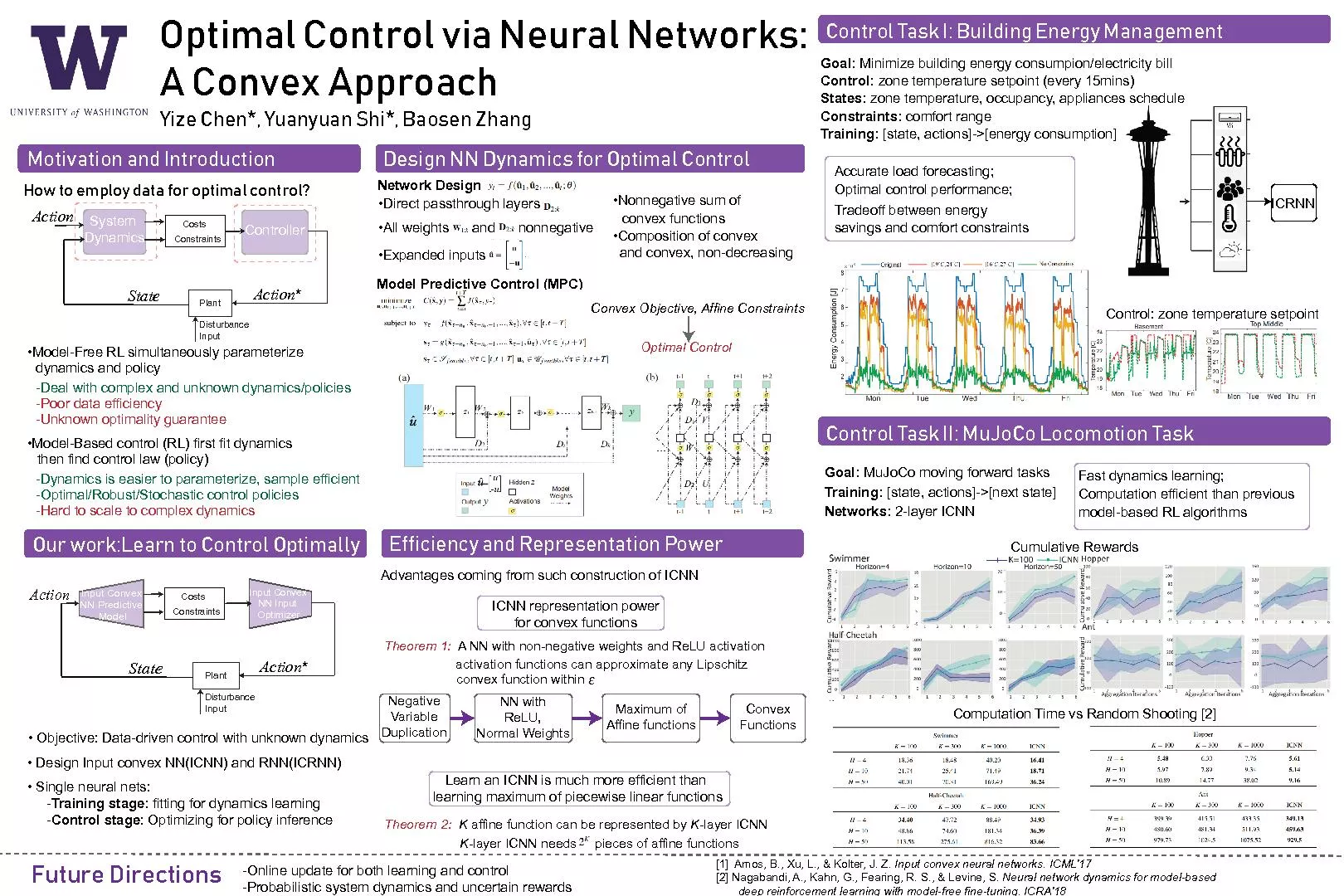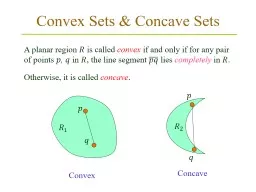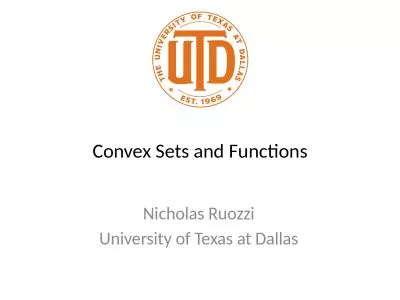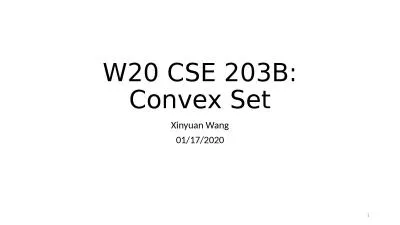PDF-Conditionally Evenly Convex Sets and Evenly QuasiConve
Author : jane-oiler | Published Date : 2015-06-13
We introduce a generalization of this concept in the conditional framework and provide a generalized version of the bipolar theorem This notion is then applied to
Presentation Embed Code
Download Presentation
Download Presentation The PPT/PDF document "Conditionally Evenly Convex Sets and Eve..." is the property of its rightful owner. Permission is granted to download and print the materials on this website for personal, non-commercial use only, and to display it on your personal computer provided you do not modify the materials and that you retain all copyright notices contained in the materials. By downloading content from our website, you accept the terms of this agreement.
Conditionally Evenly Convex Sets and Evenly QuasiConve: Transcript
Download Rules Of Document
"Conditionally Evenly Convex Sets and Evenly QuasiConve"The content belongs to its owner. You may download and print it for personal use, without modification, and keep all copyright notices. By downloading, you agree to these terms.
Related Documents

